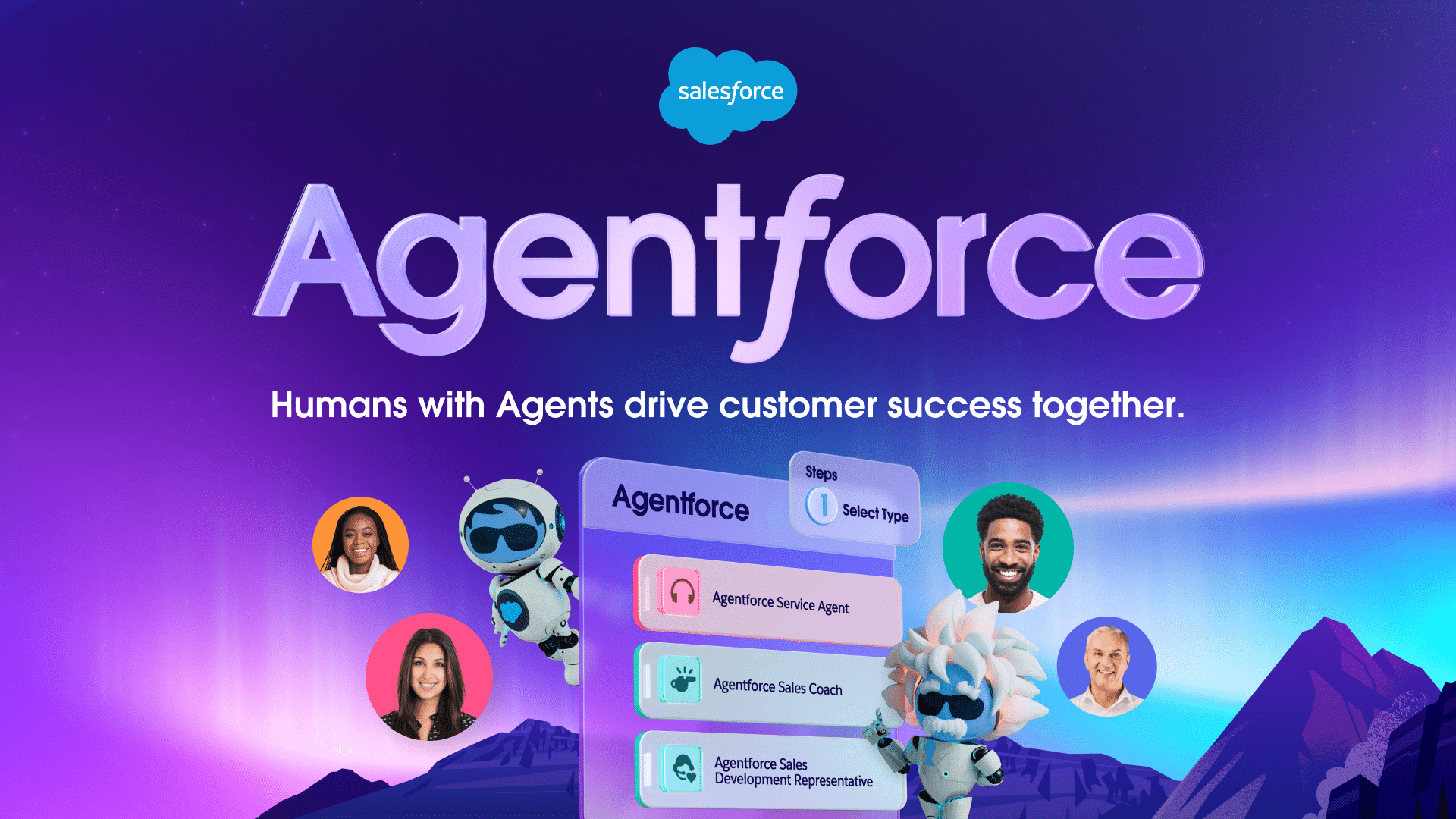
Cybersecurity Essentials: Protecting Your Digital Assets in the Modern Age
In today’s digital landscape, cybersecurity has become an essential aspect of both personal and professional life. With cyber threats evolving at an unprecedented pace, protecting your digital assets is more critical than ever. This article will explore key cybersecurity essentials to help you safeguard your data and maintain robust security in the modern age.
Understanding Cyber Threats
The first step in protecting your digital assets is understanding the various types of cyber threats. These threats can range from malware and ransomware to phishing and social engineering attacks. Malware, for instance, is malicious software designed to harm or exploit any programmable device, service, or network. Ransomware is a type of malware that encrypts the victim’s data, demanding payment for the decryption key. Phishing involves tricking individuals into revealing personal information such as passwords and credit card numbers, typically through deceptive emails. Social engineering attacks exploit human psychology to manipulate individuals into breaking normal security procedures.
Implementing Strong Passwords
One of the simplest yet most effective ways to protect your digital assets is by using strong passwords. A strong password should be at least twelve characters long and include a mix of letters, numbers, and special characters. Avoid using easily guessable information such as birthdays or common words. Password managers can be useful tools to generate and store complex passwords securely. Regularly updating your passwords and using different passwords for different accounts can also significantly enhance your cybersecurity posture.
Utilizing Two-Factor Authentication (2FA)
Two-Factor Authentication (2FA) adds an extra layer of security to your online accounts by requiring two forms of identification before granting access. Typically, this involves something you know (like a password) and something you have (like a mobile device). Even if a cybercriminal manages to steal your password, they would still need the second factor to access your account. Popular 2FA methods include SMS codes, authentication apps, and biometric verification such as fingerprints or facial recognition.
Keeping Software Updated
Software updates often include patches for security vulnerabilities that cybercriminals can exploit. Ensuring that your operating systems, applications, and antivirus software are up-to-date is crucial for protecting your digital assets. Enable automatic updates whenever possible to ensure you receive the latest security patches without delay. Regularly updating your software minimizes the risk of exposure to known vulnerabilities and can significantly improve your overall security.
Educating Yourself and Your Team
Cybersecurity is an ongoing process that requires continuous education and awareness. Whether you are an individual user or managing a team, understanding current cybersecurity threats and best practices is essential. Regular training sessions and awareness programs can help individuals recognize potential threats and respond effectively. Topics such as recognizing phishing emails, safe internet browsing, and secure handling of sensitive data are vital areas to cover.
Backing Up Your Data
Data loss can have devastating consequences, whether caused by cyberattacks, hardware failures, or accidental deletions. Regularly backing up your data ensures that you can recover important information if something goes wrong. Use a combination of local and cloud backups to provide redundancy and increase your chances of a successful recovery. Make sure to encrypt your backups to protect them from unauthorized access.
Monitoring and Responding to Threats
Proactive monitoring of your digital assets can help you detect and respond to cyber threats promptly. Use cybersecurity tools and services to monitor network traffic, detect anomalies, and block potential threats. Having an incident response plan in place ensures that you and your team can act quickly and effectively if a security breach occurs. Regularly reviewing and updating your response plan based on new threats and lessons learned is also crucial for maintaining strong security.
Enhance Your Cybersecurity
Protecting your digital assets in the modern age requires a multifaceted approach to cybersecurity. By understanding cyber threats, implementing strong passwords, utilizing two-factor authentication, keeping software updated, educating yourself and your team, backing up data, and monitoring for threats, you can significantly enhance your cybersecurity posture. Remember, cybersecurity is not a one-time effort but an ongoing process that demands vigilance and continuous improvement.























































![Social Media Spring Cleaning [Infographic] Social Media Spring Cleaning [Infographic]](https://imgproxy.divecdn.com/9e7sW3TubFHM00yvXe5zvvbhAVriJiGqS8xmVFLPC6s/g:ce/rs:fit:770:435/Z3M6Ly9kaXZlc2l0ZS1zdG9yYWdlL2RpdmVpbWFnZS9zb2NpYWxfc3ByaW5nX2NsZWFuaW5nMi5wbmc=.webp)
![5 Ways to Improve Your LinkedIn Marketing Efforts in 2025 [Infographic] 5 Ways to Improve Your LinkedIn Marketing Efforts in 2025 [Infographic]](https://imgproxy.divecdn.com/Hv-m77iIkXSAtB3IEwA3XAuouMwkZApIeDGDnLy5Yhs/g:ce/rs:fit:770:435/Z3M6Ly9kaXZlc2l0ZS1zdG9yYWdlL2RpdmVpbWFnZS9saW5rZWRpbl9zdHJhdGVneV9pbmZvMi5wbmc=.webp)
















